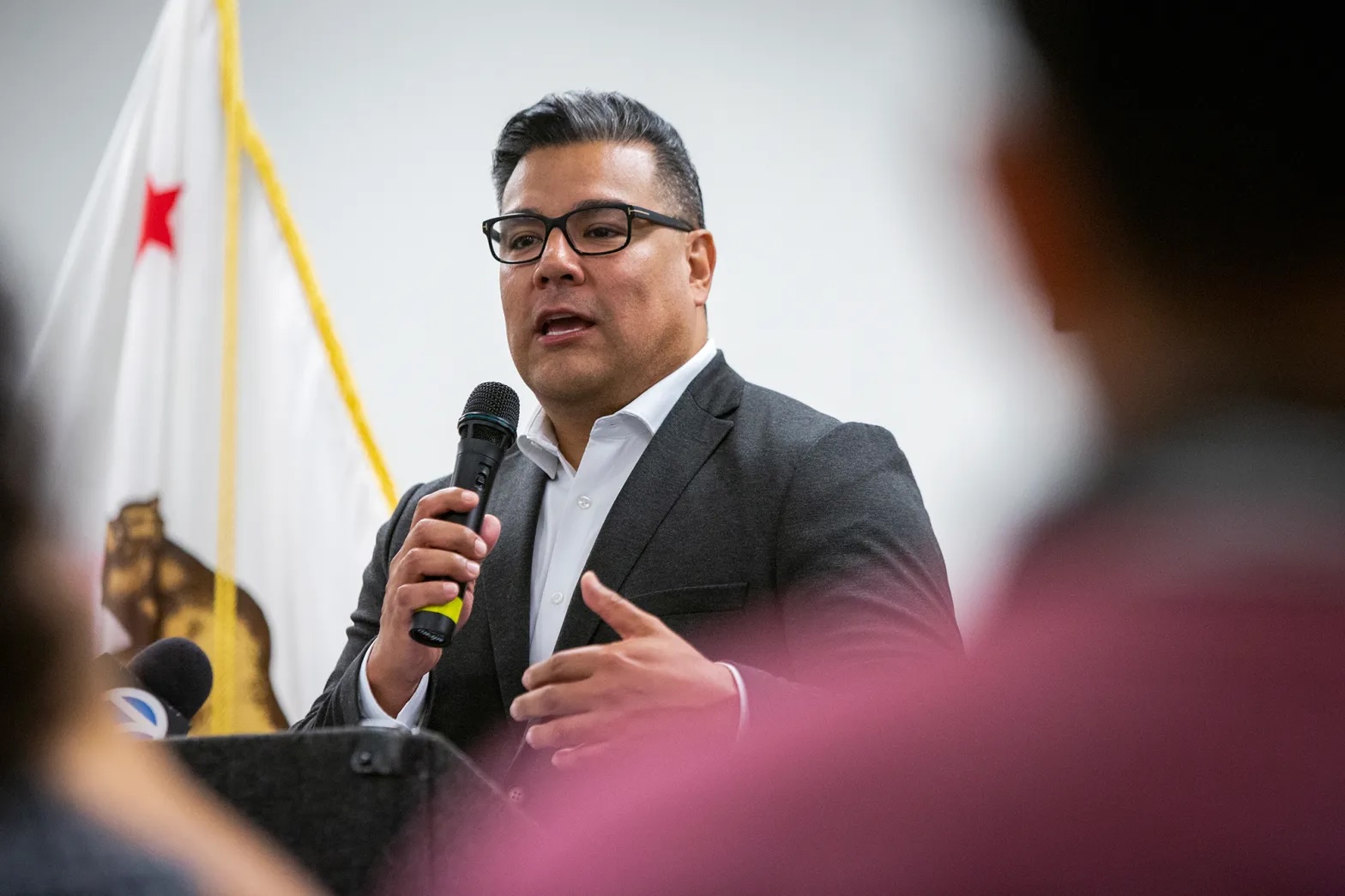“Florida has done what insurers are asking for,” Jones said. Yet “Florida’s rates are three or four times the national average.”
Mark Friedlander, spokesperson for the Insurance Information Institute, an industry group, confirmed that the group estimates that Florida’s average home insurance premium was $6,000, or 3 1/2 times the national average, in 2023.
In addition, Jones said Florida’s version of California’s last-resort FAIR Plan — called the Citizens Property Insurance Corp. because it’s funded with a surcharge on policyholders — has more than 1 million policies. California’s growing FAIR Plan, run by a pool of insurers, has 373,000 policies, its president told state lawmakers recently.
“That raises the question,” Jones said. “Giving insurers (higher rates) and shifting the burden to all Californians … whether that’s going to be enough in the face of growing background risk associated with climate change.”
Meanwhile, last week, State Farm said that it is not renewing policies for 30,000 California homeowners, as well as refusing to cover all commercial apartments by not renewing 42,000 of those policies.
This is happening despite California approving State Farm’s requests to levy double-digit premium increases last year.
“One of our roles as the insurance regulator is to hold insurance companies accountable for their words and deeds,” said Soller, the Insurance Department spokesperson. “State Farm General’s decision … raises serious questions about its financial situation — questions the company must answer to regulators.”
State Farm spokesperson Sevag Sarkissian would not comment beyond the statement the company put on its website last week, which read in part: “This decision was not made lightly and only after careful analysis of State Farm General’s financial health, which continues to be impacted by inflation, catastrophe exposure, reinsurance costs, and the limitations of working within decades-old insurance regulations.”
Sarkissian also referred CalMatters to the Personal Insurance Federation of California, which counts State Farm as a member. The industry group’s president, Rex Frazier, said in an email last week that allowing insurers to use catastrophe modeling would help with insurance availability. Yet in its statement, State Farm acknowledged the actions Lara is taking to try to fix the insurance availability and affordability crisis in California, even as it announced its decision not to renew tens of thousands of homeowners.
Joyce Kaufman, a retiree in June Lake in Mono County, recently received a notice of nonrenewal for her homeowners insurance with Farmers, which she said she and her husband were dreading but expecting.

